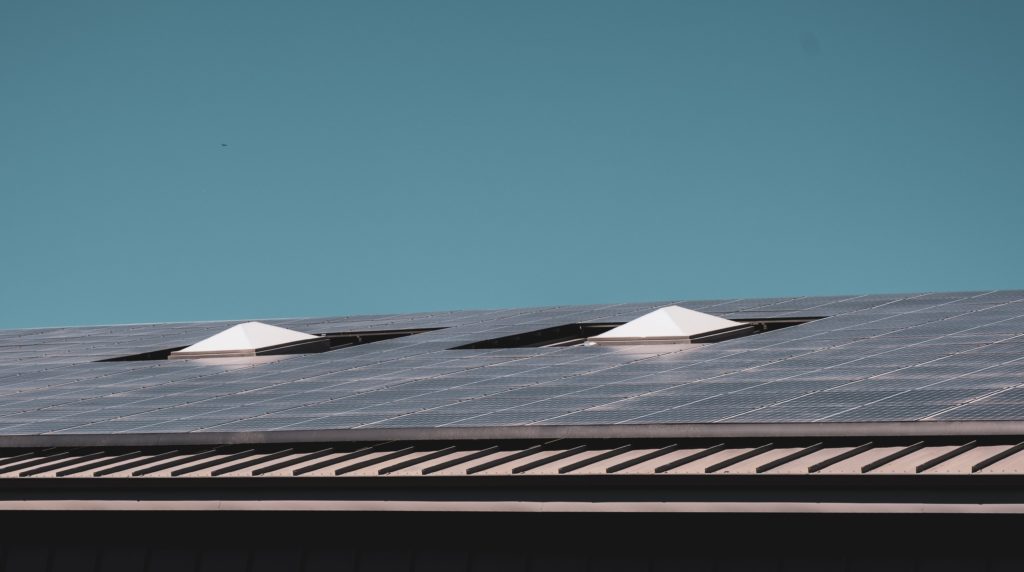On a standard home, there are few roof layers more obvious than shingles. While shingles are an important piece of a roof, the entire system is made up of a multitude of different layers that are all responsible for a different job. In the end, all of the various roof layers work in unison to create a virtually impenetrable system that both sheds water and protects the top of your home. These roof layers are responsible for different areas which include water and weather protection, ventilation, and debris protection.
Roof Layers From Top to Bottom
Every roofing system contains various roof layers that help protect you and your family from weather conditions. To help homeowners better understand their roof, the following roofing layers will aid in your knowledge. As a result, if any roofing issues develop over time, knowing the layer that may need repair or replacement will help with your search and due diligence when finding a local roofing contractor.
Ridge Vent Roof Layer
Ridge vents are the piece found on the ridge, or peaks of the roofing system. Often covered in shingles, this piece helps the area beneath it breathe from excess heat and moisture buildup. Proper attic ventilation is necessary for a healthy roof and ridge vents work hand in hand with soffits to ensure this.
Shingles
Shingles are arguably the most important roof layer as they serve both a functional purpose alongside an aesthetic one. Additionally, shingles come in various forms that include asphalt, slate, rubber, and metal. These choices depend on a variety of factors from budget to home style to type of structure. The major purpose of a shingle is to create a first layer that protects the roof deck while also aiding in proper water shedding.
Underlayment
Underlayment is the next layer beneath shingles that aids in ventilation and moisture control. This layer, often some form of felt, is permeable, allowing warm moist air to escape, while preventing excess moisture to reach the roof deck. Working in unison with the shingles on top, underlayment fabrics create a barrier on top of the roof deck.
Roof Deck
The roof deck is the structure portion of a roofing system. Commonly made of wood, these are the pieces that sit over the rafters of an attic to protect the inside of the home from debris. While wood is susceptible to moisture, it is much stronger than the roof layers above it. As the materials atop the deck aid in water shed with some debris protection, the roof deck is the last line of defense from weather on your roof.
Soffits and Flashing Roof Layers
Both aesthetic and functional, soffits and flashing are responsible for ventilation and water shed respectively. Soffits help pull cool, fresh air into your attic so the recycled air can escape through the ridge vent. As a result, over time, inclement weather may require soffit repair to ensure proper air flow of your roof. On the other hand, flashing protects the more vulnerable nooks and crannies of the roof around vents and chimneys. Also, fascia boards protect the edges of the roof, while also helping in creating a finished look for the project.
Gutters
Proper watershed is necessary for a healthy roof and prolonged lifespan. Therefore, gutters help in pulling water from the roof and disposing of it properly around your property. Without gutters, rain can shed directly downward, often towards your foundation. Often made of plastic or copper, gutters help in creating a finished, functional look to your roofing project.

